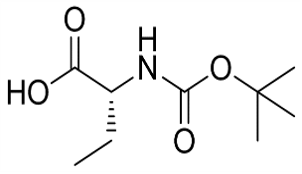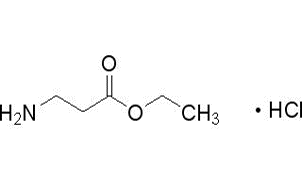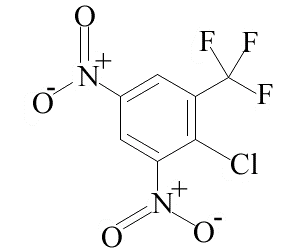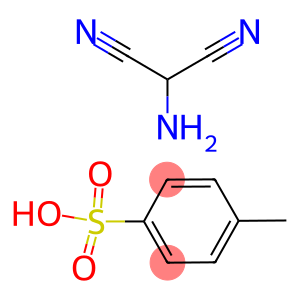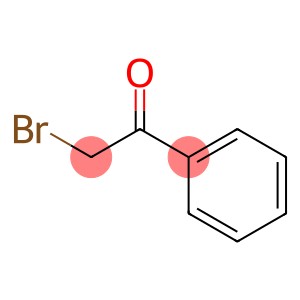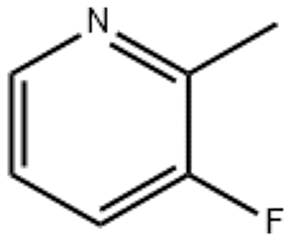BOC-D-2-Amino butyric acid(CAS# 45121-22-0)
| Hazard Class | IRRITANT |
Introduction
Boc-D-Abu-OH(Boc-D-Abu-OH) is an organic compound with the following properties:
1. appearance and properties: the common physical state is white crystal or crystalline powder.
2 chemical properties: it is a kind of amide compounds, has good solubility, in organic solvents (such as dimethyl sulfoxide, dichloromethane, acetone, etc.) in high solubility.
3. Stability: relatively stable under most common conditions, but contact with strong oxidants and high temperature conditions should be avoided.
Boc-D-Abu-OH applications are mainly concentrated in the field of organic synthesis, commonly used in pharmaceutical chemistry and biochemistry research, specific applications include:
1. peptide synthesis: as a protective group, can be in the peptide synthesis process to protect the amine group, to prevent it from non-specific reaction.
2. drug synthesis: can be used as an intermediate for the preparation of potential drug molecules and drug candidate compounds.
3. Biological activity studies: Boc-D-Abu-OH derivatives can be used to evaluate the biological activity and pharmacokinetic properties of certain compounds.
The preparation method of Boc-D-Abu-OH is generally achieved by the following steps:
1. Use appropriate reagents to convert methyl propionate in dimethyl sulfoxide to N-BOC-alanine methyl ester.
2. N-BOC-alanine methyl ester is further hydrolyzed under alkaline conditions to produce Boc-D-Abu-OH.
regarding Boc-D-Abu-OH safety information, the following points should be noted:
1. Considering that it is a chemical, it must be handled and stored correctly, avoid contact with skin and eyes, and keep away from fire.
2. in use should follow the laboratory safety procedures.
3. For the safety assessment of chemicals, relevant safety data sheets and literature should be consulted to ensure correct and safe use.


